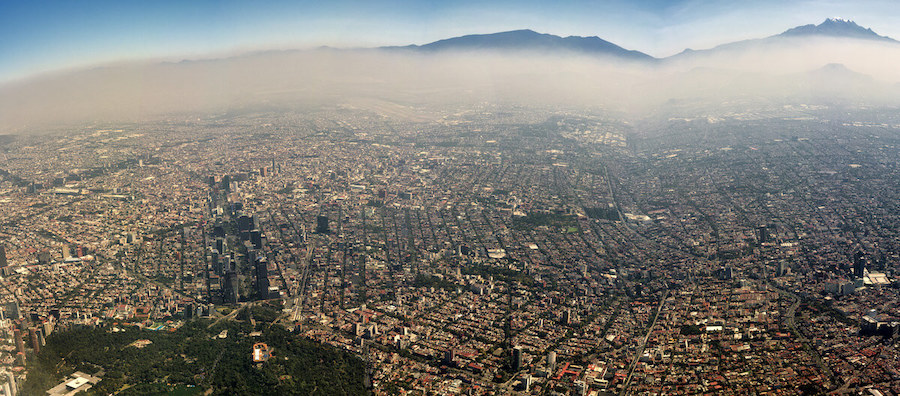We think of today’s world as more connected than ever but can often forget that pollution has always moved across borders. Wildfire smoke blowing in from Canada to the US this summer was a stark reminder. In the past, Mexico, especially its capital, Mexico City, has added great amounts of pollution that has blown over the border. But things have changed. Once names the world’s most polluted city, Mexico City and air pollution all over Mexico has improved dramatically.
Regulatory Overview
The journey to monitor and regulate air quality in Mexico began in the 1970s. Back then, environmental agencies led the charge, but with little success. It turns out, the way to safeguard the environment and public health in Mexico has been to take a people-centered approach. Today, the Air Quality Mexican Official Standards are set forth by the Secretary of Health leading the Ministry of Health. These standards, first written in 1994 and updated in later years, dictate the maximum allowable concentrations for seven key pollutants.
An agency separate from the Ministry of Health, the National Insitute of Ecology and Climate Change (INECC), monitors and analyzes air quality data to ensure standards are upheld. This provides a degree of separation that can help keep data reporting accountable and transparent.
Technical Standards
The pollutants regulated by the Mexican standards and their current limits include:
- Carbon monoxide (CO)
- Lead (Pb)
- Nitrogen dioxide (NO2)
- Ozone (O3)
- Particulate pollution (PM2.5 and PM10)
- Sulfur dioxide (SO2)
Through a series of trial and error, regulations have improved each of these over time. Most are regulated by addressing driving, industry, and farming (i.e., burning of agricultural materials). Sustainable transport, clean energy sources, and waste management improve air quality and combat climate change.
Let BuildingLens Empower
Your Building Community Today.
Monitoring
The INECC ensures the standards are upheld. It rigorously pre-validates the data and analyzes real-time data sourced from Air Quality Monitoring Systems. Data is collected hourly and daily from air quality monitoring from the Air Quality National Information System (SINAICA). Advanced software gathers, sends, and publicly shares air quality data. This data comes from the Air Quality Monitoring Systems (SMCA), which are managed by both state and local governments.
SINAICA’s platform provides:
- Real-time raw data on air quality and weather-related variables.
- Air quality indicators, including visualization and downloading of validated historical data.
Why is this Important? Human Health
During its peak pollution years, Mexico City’s hospitals saw an uptick in cases of respiratory illnesses and heart conditions. Children, the elderly, and those with pre-existing health conditions were particularly vulnerable.
With the implementation of robust air quality management programs, the number of air-pollution related illnesses has declined. Yet, even today, some days pose health risks, especially to vulnerable populations. The city’s early warning system, which alerts residents to high pollution events, is an essential tool.
The population in Mexico has grown by over 3.8 million people during the period where the country’s air pollution ranking dropped significantly. This makes the achievement that much more significant.
In Summary
Mexico’s journey towards better air quality progressed over time. Multiple agencies have collaborated to refine and update standards over the years, based on data from the latest technology and science. The proactive approach of entities like the Secretary of Health and INECC, backed by robust standards and modern-day technology shows that clean air and population growth can go together if we simply center the people.
